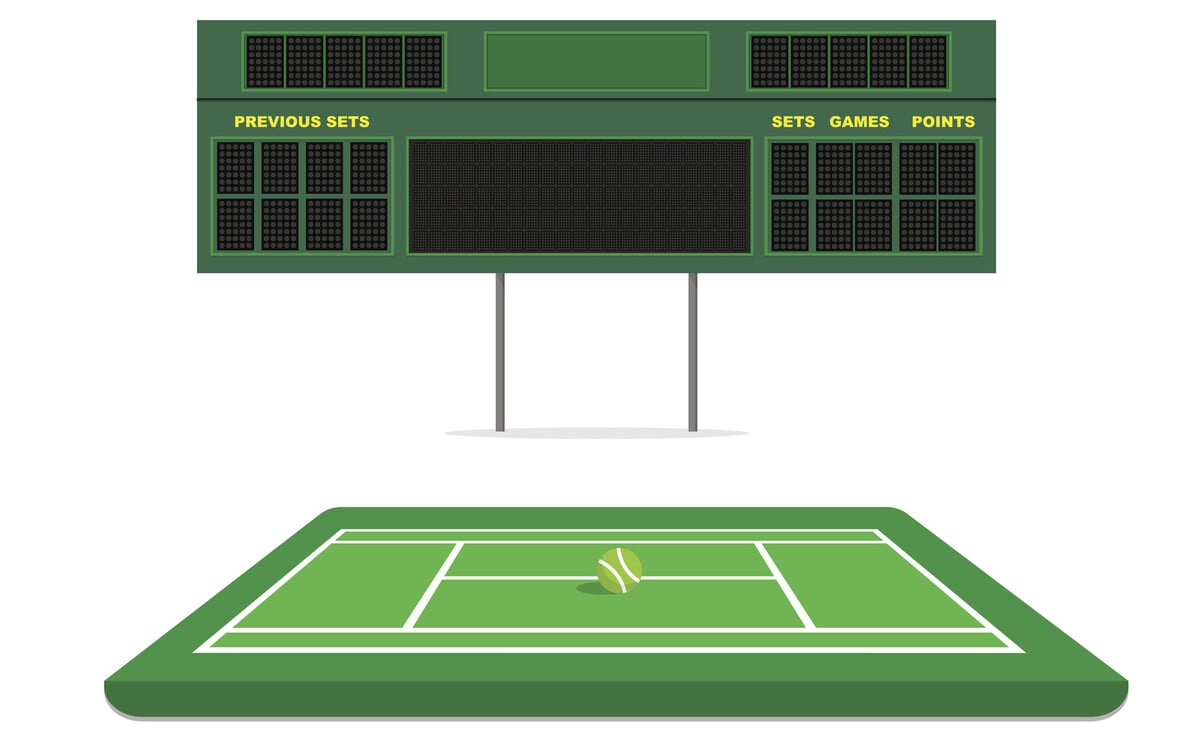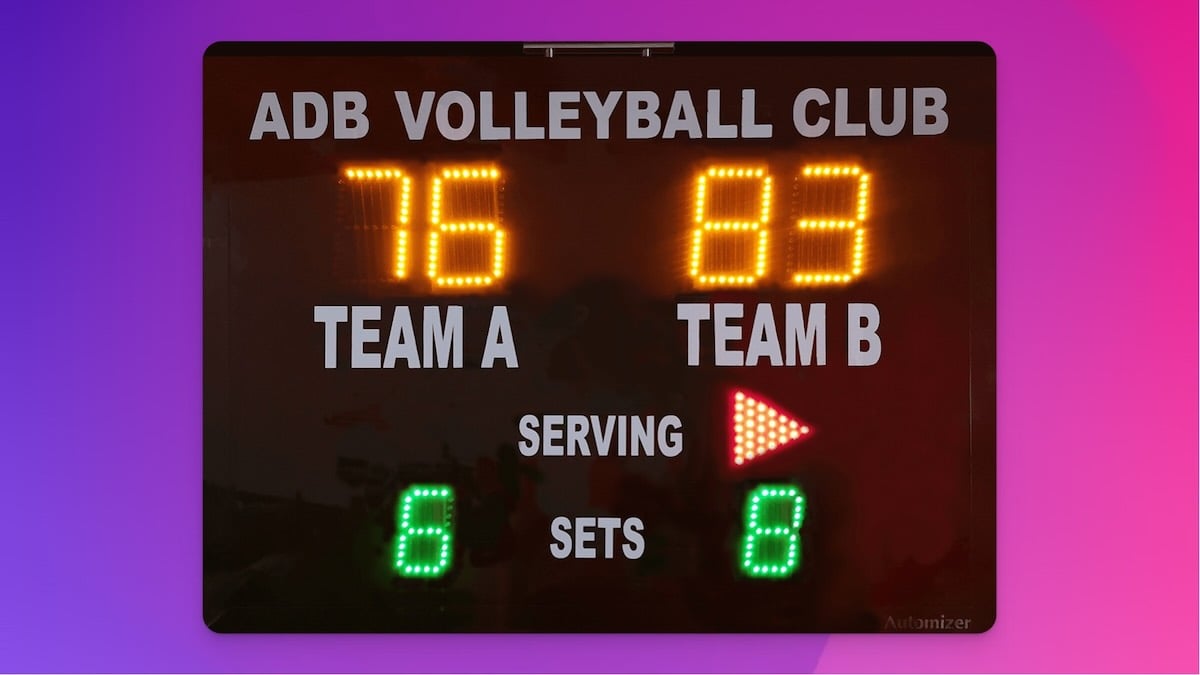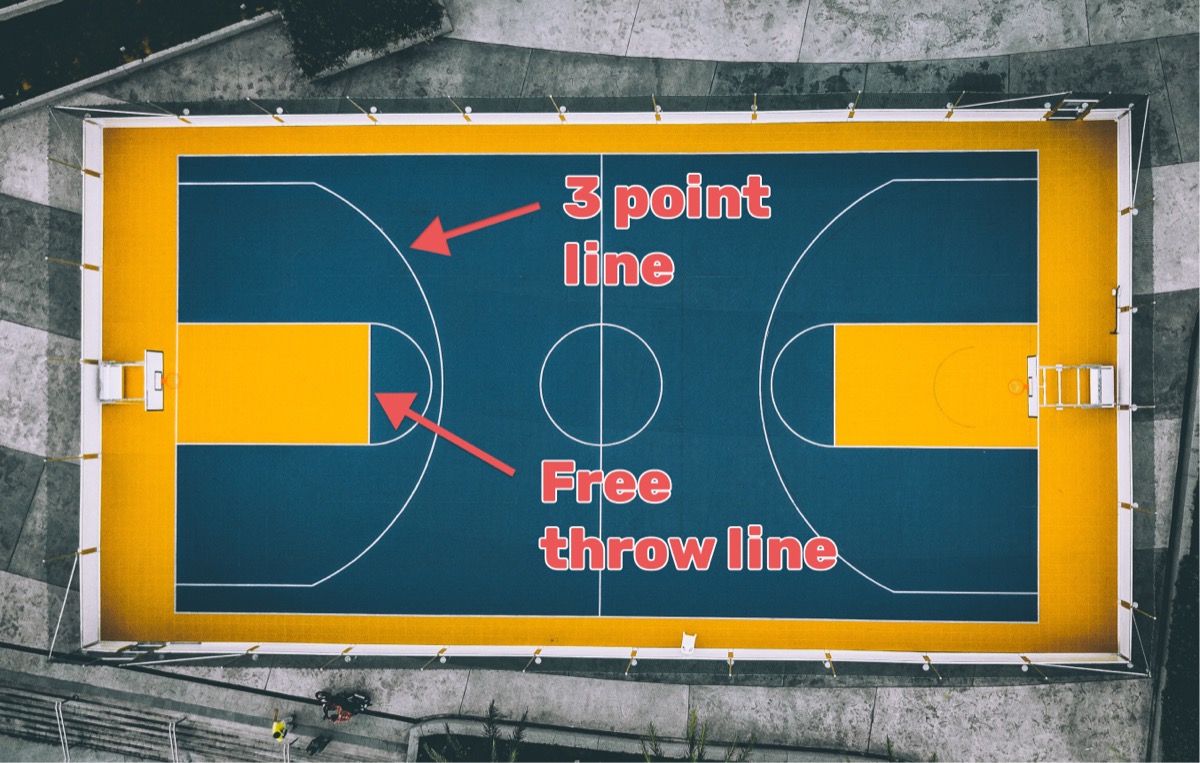You may have seen or heard of curling during the Winter Olympics or Paralympics, but do you know how curling scoring actually works?
Curling can be a mesmerizing ice sport to watch. In this article, we will provide you with a thorough understanding of curling scoring so you can follow along and appreciate it the next time you watch a match!

Curling Basics
Curling is a strategic sport on ice where teams slide polished granite stones toward a target area, aiming to score points based on their stones' proximity to the center. Before we discuss the point system, let's establish some fundamental curling concepts.
Each team consists of four players who take turns sliding heavy granite stones, also called rocks, towards the target area on the ice known as the "house." The house is a concentric ring system with a central bullseye called the "button."
Equipment
Curling equipment plays a vital role in both strategy and shot execution. The most recognizable item is the curling stone, a polished granite rock weighing around 42 pounds (19.1 kg) according to the World Curling Federation. The stone's smooth surface allows it to glide across the ice, while its hefty weight carries momentum throughout its delivery.
Another key piece of equipment is the broom. Far from a simple sweeping tool, the broom's head is made of corn or synthetic fibers designed to generate friction when rubbed against the ice. This friction creates heat, melting a microscopic layer of ice in front of the stone. The resulting water film reduces friction, allowing curlers to strategically control the stone's speed and direction. The sweeping technique significantly impacts the stone's trajectory, making brooms an extension of the curler's strategic vision on the ice.
Curling Ice
Unlike the smooth ice used in figure skating, curling ice boasts a pebbled texture. This pebbled surface is created by carefully spraying water droplets on the ice and allowing them to freeze, creating tiny bumps. These bumps are what generate friction when the stone glides over them.
The pebbled texture allows curlers to control the stone's movement through sweeping. Sweeping in front of the stone reduces friction, causing it to travel farther. Conversely, not sweeping or sweeping behind the stone creates more friction, slowing it down. This intricate interplay between the pebbled surface, the broom, and the curler's technique allows for the strategic manipulation of the stone's path on the ice, adding another layer of complexity and intrigue to the sport of curling.
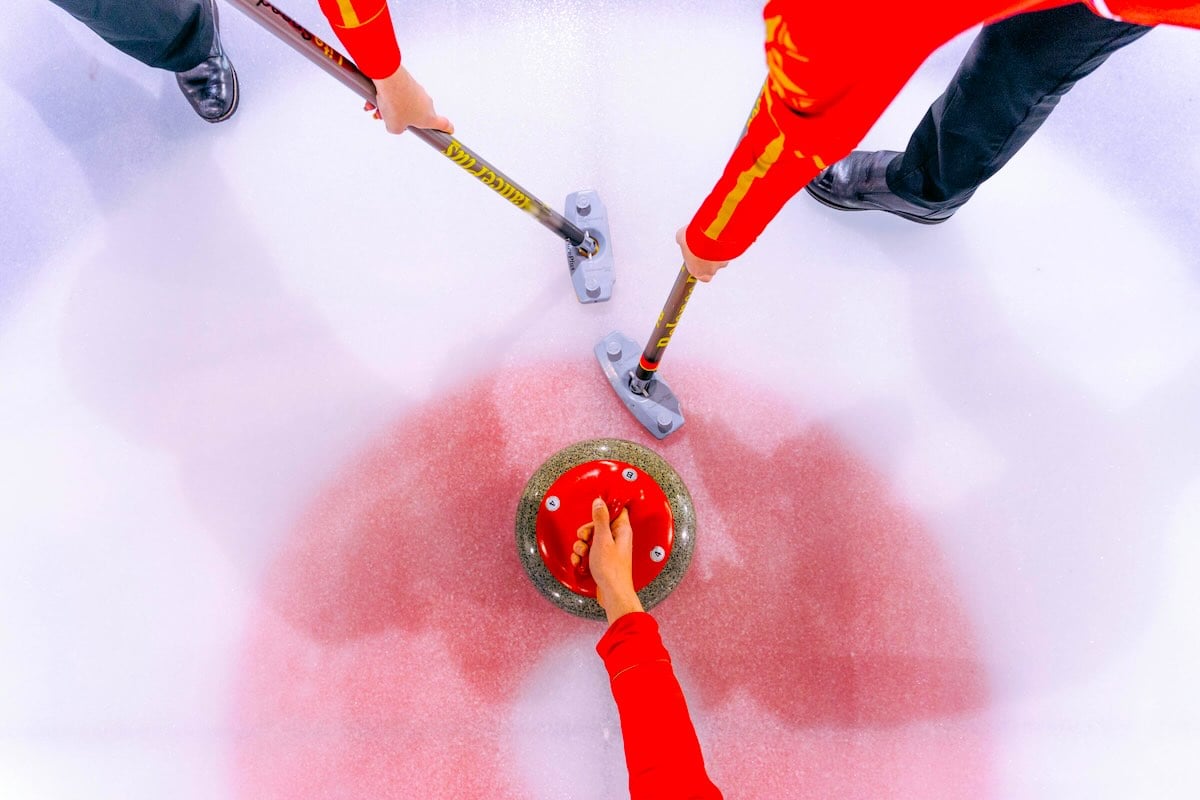
Understanding Curling Scoring
Curling scoring revolves around a simple principle: stones closest to the button score points. Here are key terms to understand curling scoring:
- Hammer: The team that throws the last stone in an "end" (similar to an inning in baseball) has the hammer. The hammer is a significant advantage, and teams often employ strategies to secure it for the next end.
- Ends: A curling game consists of 8-10 ends, with each team throwing eight stones per end. Scoring is determined at the end of each end.
- Steals: If the team without the hammer manages to score points in an end, it's called a steal. Steals are important for gaining a point advantage.
- Blanks: When neither team has a stone closer to the button at the end's conclusion, it's a blank end. No points are scored, but the team with the hammer retains it for the next end.
Types of Shots
Curling isn't just about throwing stones; it's about strategic shot selection. Here are some common shots that significantly impact scoring:
- Guards: Players position their stones strategically in front of the house to block opponents' attempts to get closer to the button. These are called guards.
- Draws: A precise shot where the stone comes to rest near the button without hitting other stones. Draws are critical for scoring points.
- Take-outs: A more aggressive shot where a player attempts to remove an opponent's stone from a scoring position. Take-outs open scoring opportunities for the throwing team.
Curling Strategy and Advanced Scoring
Shot selection in curling goes beyond just aiming at the button. It's a constant evaluation of shot value, a fancy term for how likely a shot is to achieve its goal. This value hinges on factors like:
- Stone placement: Is your path clear, or are there enemy rocks in the way?
- Sweeping technique: Can you control the stone's speed and direction to reach the desired spot?
- Opponent's strategy: Will your shot disrupt their plans or leave them with an easy counter?
By analyzing shot value, curlers make strategic choices that dictate their next move. A seemingly simple draw might be a high-value shot if it scores a point. But if the opponent has a well-placed guard blocking it, the value drops, forcing the curler to consider a riskier take-out or a more defensive guard placement. This intricate dance between strategy and shot selection is what separates curling from a simple rock-sliding competition.
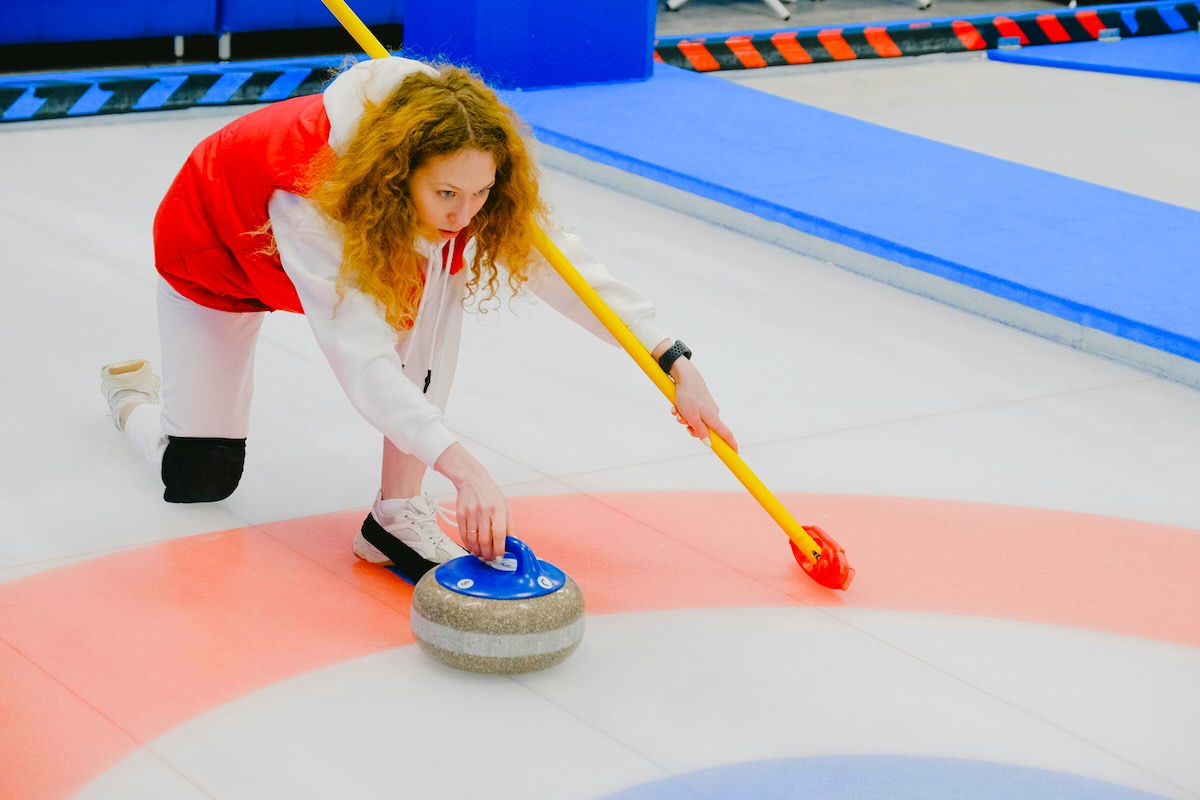
Tiebreakers
In the event of a tie after the designated number of ends, a tiebreaker end is played. The team scoring the most points in this extra end wins the game. In some competitions, multiple tiebreaker ends might be necessary until a winner is determined.
What’s Information is on A Curling Scoreboard?
A typical curling scoreboard will display the following information:
- Team Names or Initials: Names or initials of the two competing teams.
- Ends: A series of columns numbered from 1 to 10 (or more, depending on the game length), representing each end of the game.
- Scores per End: Under each end number, there are spaces to record the number of points scored by each team in that end.
- Total Score: At the far right of the scoreboard, there is a column for the cumulative score for each team.
- Hammer Indicator: A symbol (often a small hammer) indicating which team has the last stone (the hammer) in the current or upcoming end.
- Blank Ends: Sometimes a dash or a zero is used to indicate ends where no points were scored by either team.
- Running Total: In some scoreboards, the running total score for each team is updated after each end, showing a cumulative tally.
